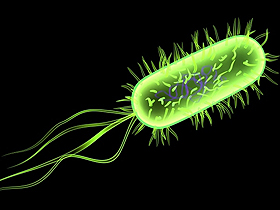 |
No living thing has ever undergone evolution through the mechanisms of natural selection and mutation. Yet evolutionist biologists sometimes maintain that we cannot observe the evolutionary effect of the mechanisms of natural selection and mutation because these mechanisms work over very lengthy periods of time.
This is no more than a distraction with no scientific foundation, because has never been observed in such organisms as fruit flies or bacteria, whose very short life spans make it possible for scientists to study them through thousands of generations.
Bacteria . . . are the organisms which, because of their huge numbers, produce the most mutants. [B]acteria . . . exhibit a great fidelity to their species. The bacillus Escherichia coli, whose mutants have been studied very carefully, is the best example. The reader will agree that it is surprising, to say the least, to want to prove evolution and to discover its mechanisms and then to choose as a material for this study a being which practically stabilized a billion years ago!
What is the use of their unceasing mutations, if they do not [produce evolutionary] change? In sum, the mutations of bacteria and viruses are merely hereditary fluctuations around a median position; a swing to the right, a swing to the left, but no final evolutionary effect. Cockroaches, which are one of the most venerable living insect groups, have remained more or less unchanged since the Permian, yet they have undergone as many mutations as Drosophila, a Tertiary insect.135
 E. coli bacterium |
In short, it is impossible for living things to have undergone evolution, because there is no evolutionary mechanism in nature. Indeed, when we look at the fossil record, we see no evolutionary process at all, but rather a picture that represents the exact opposite of evolution.


